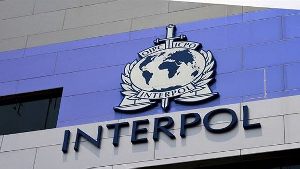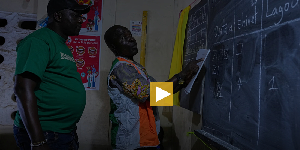An aggregate figure of 102.3% electricity tariff increase that came out of a PURC meeting is undergoing further discussions, until “a certain figure that will be acceptable to the consumer and to the utility service providers” is reached, the B&FT has learned.
“We don’t have a timetable yet. What is happening right now is the commissioners are still discussing the figures that have come out,” Nana Yaa Jantuah, Director of Public Relations and External Affairs at the commission told the B&FT.
“Last week, they [the commissioners] had a meeting and the figure that came out was 102.3%. So they are still discussing to see how best to deal with the situation,” she said.
Government has been psyching up consumers for the inevitable increase in electricity and water tariffs, which lobby groups like the AGI and the TUC have said are unwarranted.
Power Minister Dr. Kwabena Donkor has been insistent that the days of cheap power are over, and that consumers should be prepared to pay more due to the shift from hydro to relatively expensive sources like thermal and solar.
Indeed, the cost of fuel to run thermal plants has left the power sector mired in a web of debt, and power shortages.
Aysegul Sultan, the 225megawatt Karpower ship, will for example burn an estimated 30,000 to 35,000 tonnes of fuel per month -- which will cost close to US$9million.
Main power generator VRA also owes gas suppliers close to US$400million, and is also said to require some US$30million per month for the purchase of light crude oil.
Dr. Mohammed Amin Adam of the African Centre for Energy Policy argues that if the VRA is extricated from its liquidity challenges and brings on-stream its redundant capacity, the Karpowership will not be significant.
“The industry faces its major financial crisis. The inter-utility debt is about US$1.5billion. VRA’s short-term debt has risen to about US$800million, and so you may have power coming from Karpower barge but you may not be getting power from our traditional barges if VRA is not able to solve its financial crisis,” Dr. Amin Adam told the B&FT.
Asked about tariffs, Dr. Amin said he is not against “cost-reflective” tariffs which are necessary to get the utilities up and running.
“I am in favour of cost-reflective tariffs, not necessarily higher tariffs. We must get the difference between the two clear. Higher tariff is just increasing; but cost-reflective tariff is to ensure that the tariff really is what the companies need to be able to produce power,” he said.
Dr. Amin indicated, however, that when the cost-reflective tariff is given, the consumer must have value.
“There is no sense in increasing tariffs when quality is not improving. And so if we talk about cost-reflective tariffs, it means that if I spend 9cents to produce a kilowatt hour of power, make sure I get the 9cents as a consumer back. Give me the value of the money I pay you by ensuring that I do not have persistent outages which will have further effects on my business.”
Business News of Monday, 7 December 2015
Source: B&FT













